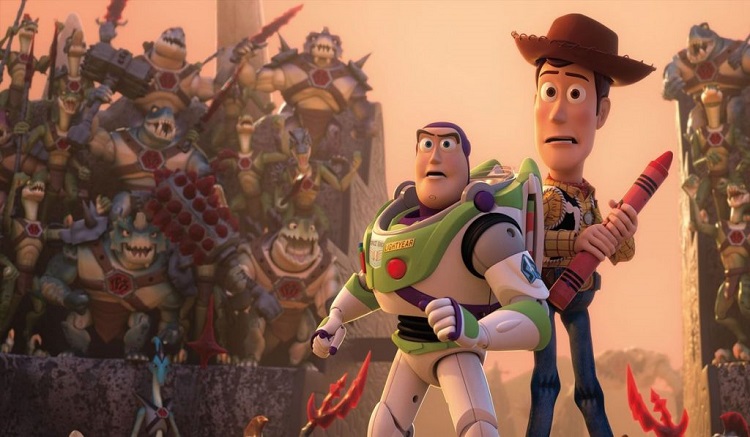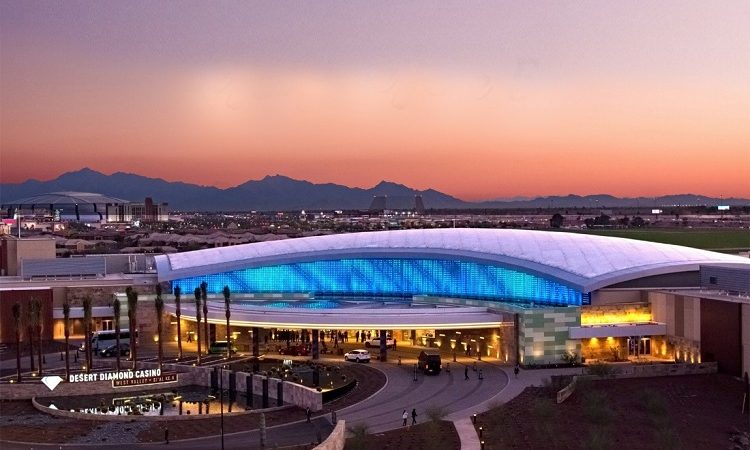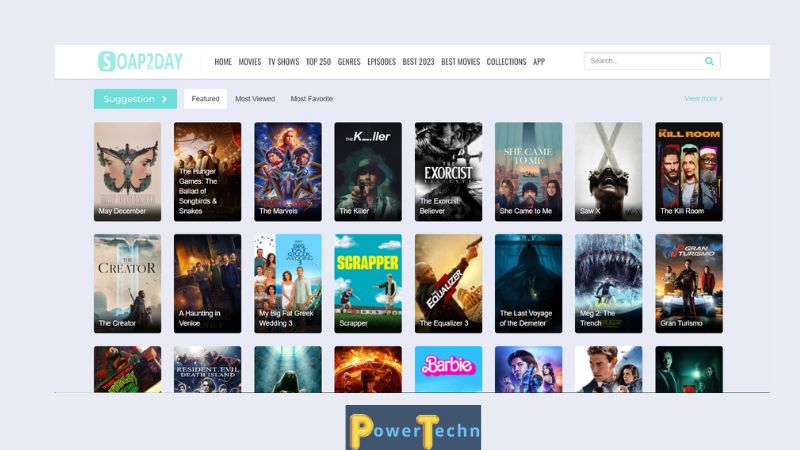Unveiling the Magic: The Evolution and Impact of Animation in the Entertainment Industry

Animation has long been a cornerstone of the entertainment industry, captivating audiences of all ages with its ability to bring stories to life in ways that live-action cannot. Over the years, this dynamic art form has evolved significantly, from hand-drawn classics to cutting-edge computer-generated imagery (CGI). In this article, we will delve into the rich history of animation, explore its technological advancements, and examine its profound impact on the global entertainment landscape.
The Birth of Animation:
The roots of animation can be traced back to the early 20th century when pioneers like Winsor McCay and Émile Cohl experimented with hand-drawn and stop-motion techniques. McCay’s “Gertie the Dinosaur” (1914) stands as one of the earliest examples of character animation, showcasing the potential of bringing drawings to life. As technology progressed, the animation industry embraced innovations like cel animation, allowing for smoother and more efficient production processes.
The Golden Age of Animation:
The 1930s marked the advent of synchronized sound in animation, revolutionizing the industry with the release of Walt Disney’s “Steamboat Willie” (1928), featuring the iconic character Mickey Mouse. Disney went on to establish the first-ever full-color three-strip Technicolor cartoon, “Flowers and Trees” (1932), setting the stage for the Golden Age of Animation. Studios like Warner Bros. and MGM joined the fray, introducing beloved characters like Bugs Bunny and Tom and Jerry.
The Rise of Technological Advancements:
As the decades rolled on, animation continued to evolve with technological advancements. The introduction of xerography in the 1960s streamlined the animation process, making it more cost-effective. The 1980s witnessed a significant leap with the advent of computer animation, exemplified by the groundbreaking work in films like “Tron” (1982) and “The Last Starfighter” (1984). However, it was Pixar’s “Toy Story” (1995) that truly transformed the landscape by creating the first feature-length computer-animated film.
The CGI Revolution:
Computer-generated imagery (CGI) marked a paradigm shift in animation, allowing for unprecedented realism and visual spectacle. Pixar continued to lead the charge with a string of hits like “Finding Nemo” (2003) and “Up” (2009), while other studios embraced CGI in their productions. DreamWorks Animation’s “Shrek” (2001) introduced a new level of sophistication with its witty humor and innovative animation techniques. The industry’s embrace of CGI opened doors to limitless creative possibilities.
The Impact on Storytelling:
Beyond its technological advancements, animation has played a pivotal role in shaping storytelling conventions. Animated films are no longer confined to the realm of children’s entertainment; they tackle complex themes and resonate with audiences of all ages. Pixar’s “Inside Out” (2015), for example, delves into the intricacies of human emotions, while Disney’s “Zootopia” (2016) addresses issues of prejudice and diversity. The medium’s ability to blend entertainment with meaningful narratives has elevated its cultural significance.
Animation in Television:
While animated feature films have garnered widespread acclaim, the medium’s influence extends to the realm of television. Animated series like “The Simpsons” (1989-present) and “Avatar: The Last Airbender” (2005-2008) have become cultural phenomena, showcasing the versatility of animation in delivering compelling narratives over an extended period. Streaming platforms have further expanded the medium’s reach, with original animated content finding a home on platforms like Netflix and Disney+.
The Globalization of Animation:
The influence of animation is not limited to Hollywood, as studios from around the world have made significant contributions to the medium. Japanese anime, with its distinct visual style and diverse genres, has garnered a massive international following. Films like Hayao Miyazaki’s “Spirited Away” (2001) have transcended cultural boundaries, earning acclaim and accolades globally. The exchange of artistic ideas across borders has enriched the animation landscape, fostering a truly global industry.
Challenges and Opportunities:
While animation has come a long way, it faces its share of challenges. The demand for constant innovation, coupled with the pressures of meeting tight production schedules, can be taxing on animators and studios. However, the digital age has also opened up new avenues for independent animators and smaller studios to create and distribute their work. Crowdfunding platforms and online streaming services provide opportunities for diverse voices and styles to flourish.
The Future of Animation:
Looking ahead, the future of animation holds even more promise. Advances in technology, such as virtual reality and augmented reality, present exciting possibilities for immersive storytelling experiences. The boundaries between live-action and animation continue to blur, as seen in films like “The Lion King” (2019), where CGI was used to create photorealistic animals. As the medium evolves, animation will likely play an increasingly integral role in shaping the future of entertainment.
Conclusion:
Animation, with its rich history and constant evolution, remains a vibrant force in the entertainment industry. From the early days of hand-drawn animation to the CGI revolution, the medium has consistently pushed boundaries and captivated audiences worldwide. As we continue to witness technological advancements and changing storytelling conventions, animation stands poised to shape the future of entertainment in ways we can only imagine. The magic of animation, it seems, is boundless and enduring.






